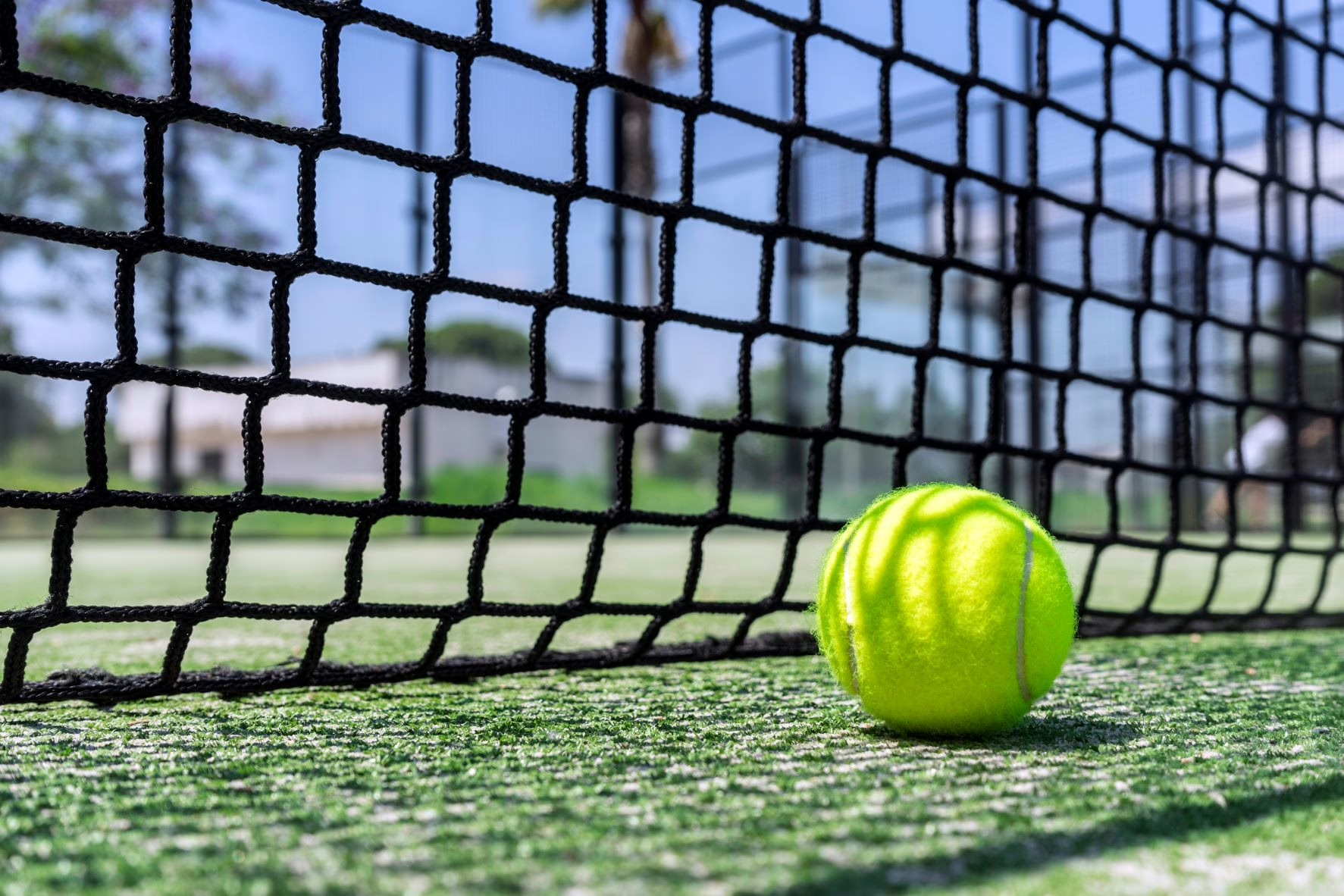How to Choose the Right Tennis Court Construction Company
Read More

A vibrant tennis court installation is one of the best ways to inspire event excitement, promote player safety, and naturally opens up a variety of potential opportunities with tennis court rentals, tournaments, and improved practice sessions. There are a variety of directions you can take when planning your new tennis court, so let’s compare some of the popular options and how the different styles will address your project needs, budget, and timeline.
Before choosing a court based on appealing characteristics, consider what the tennis court will be primarily used for. If you only plan on using the tennis court for recreational use, you may want to opt for a court that is tailored to player comfort with rebounding turf or a joint-protective clay surface. If the court is used with higher frequency and regular team practices, a more durable synthetic turf or asphalt court promotes better ball bounce, consistent traction, and can withstand high frequency use.
Since every type of tennis court surface significantly affects playability, a basic understanding of the different characteristics will help you decide on the best choice for your needs. Some of the most common tennis court installations include:
Fortunately, you won’t have to compromise on player safety when planning a budget-friendly clay, asphalt, or artificial turf field installation. Generally speaking, clay, concrete, and asphalt courts tend to cost more, while artificial grass and other synthetic materials tend to cost less. Of course, the size of the space, the frequency of use, and if the court is exposed to natural elements are all important factors to consider when planning a budget for your new court.
Along with the initial cost of the court installation, you should allocate a portion of your budget for intermittent maintenance and resurfacing services. It’s always a good idea to proactively monitor the surface for cracks, peeling, or uneven sections of the court. If you ever have noticeable problems with your playing surface, the sooner you contact a tennis court contractor, the less costly the repairs will be.